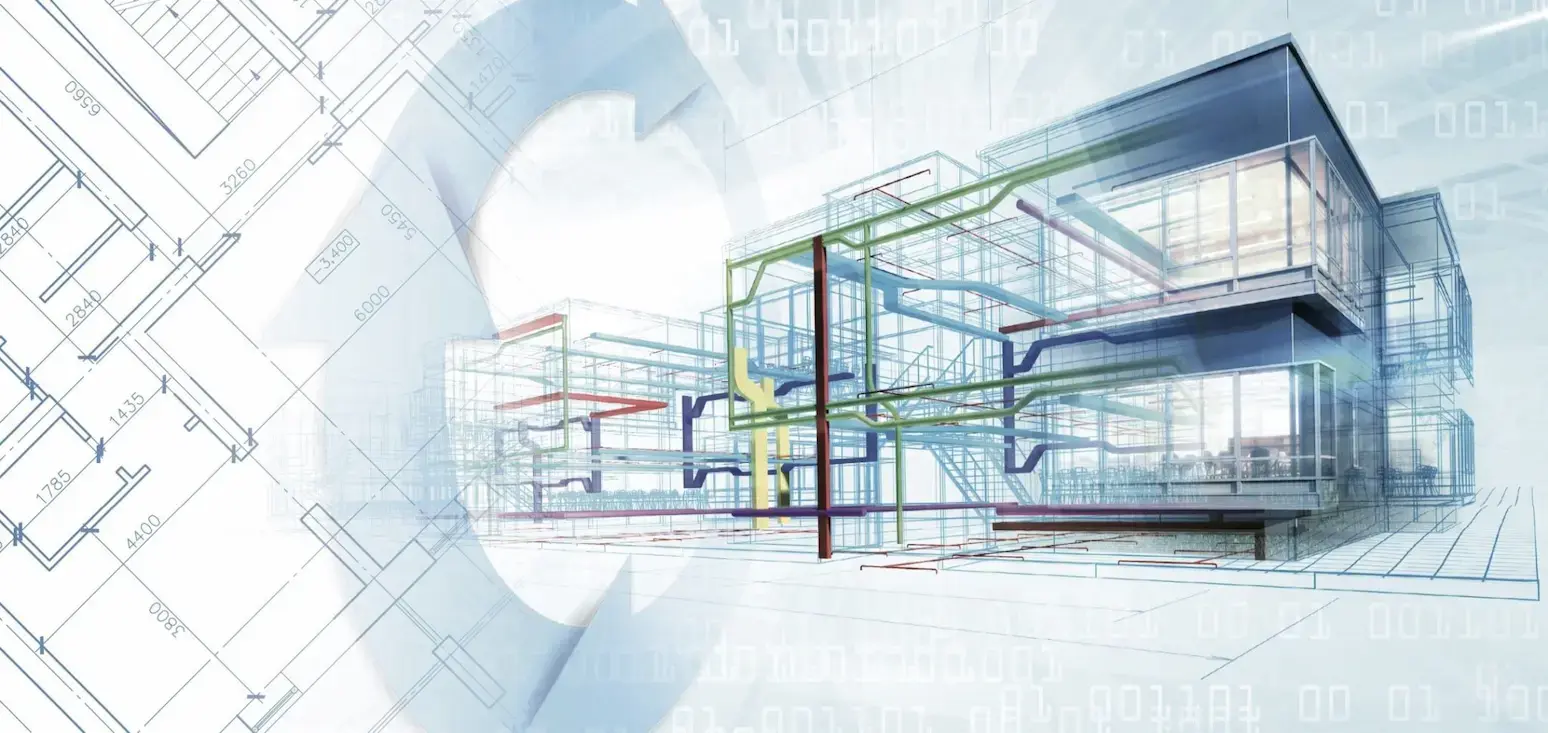Project planning that works begins with clarity: clean designs, clean portions, and clean timelines. Too frequently, the one things stay in separate silos — the architect has a version, the estimator has spreadsheets, and the contractor has questions. Linking them adjusts everything. When BIM Modeling Services and Construction Estimating Services are aligned, plans become actionable, decisions take place in advance, and risks get smaller.
A properly built facts version is more than a 3-D image. It’s a database: every wall, door, duct, and fixture can carry measurable attributes — cloth, size, end, matter. Those attributes are precisely what estimators want. Rather than re-measuring dozens of sheets, an estimator can extract quantities, validate some representative gadgets, and consciousness on pricing strategy and procurement logistics. That shift — from counting to judging — is the middle of transformed making plans.
Why the integration matters now
Tender windows are shorter; supply chains are less predictable. Under those conditions, the time you used to spend reconciling drawings and spreadsheets becomes a liability. Integrating BIM Modeling Services with Construction Estimating Services removes the friction. Estimates are faster because takeoffs are automated. They’re also more defensible because each line in the price book ties back to a model object and a dated rate. Owners and trades alike prefer decisions backed by visible, auditable data.
This is not only about speed. The integration gives teams the ability to test alternatives quickly. Want to evaluate a different façade, adjust slab thickness, or change finish schedules? Update the model, rerun the extract, and you get a new cost picture in hours rather than days. That turns value engineering into deliberate trade-offs instead of last-minute cost-cutting.
A concise workflow that delivers results
You don’t need a complicated program to make model-led planning work. The most effective teams adopt a short, repeatable loop that they run at every milestone.
-
Agree on the Level of Detail (LOD) and the minimal parameter list at kickoff.
-
Produce coordinated models with consistent family naming and shared parameters.
-
Run a pilot quantity takeoff on a representative floor or trade.
-
Condition the export, map model families to cost codes, and apply dated unit rates.
-
Validate a handful of high-cost items visually, then lock the baseline for procurement.
The pilot extract is the key. It surfaces missing tags and naming mismatches, while fixes are inexpensive. Fix them once, and subsequent extracts behave predictably.
Practical benefits for planning and delivery
When BIM Modeling Services and Construction Estimating Services work together, the practical upside shows up quickly:
-
Faster, repeatable takeoffs that free estimators to focus on risk and supplier negotiation.
-
Reduced scope omissions because consistent families and shared parameters behave predictably.
-
Clearer procurement schedules: time-phased quantities let buyers stage orders to match lead times.
-
Simpler change management: a model update produces a traceable, priced delta rather than weeks of manual rework.
These improvements aren’t theoretical. They reduce returns, shorten lead times, and lower the number of contentious change orders that eat margin.
Collaboration habits that actually stick
Technology helps, but habits make the transformation durable. Adopt these low-friction practices:
-
Short alignment calls twice weekly during early design to confirm scope and priorities.
-
A one-page naming and tagging cheat sheet is attached to every model handover.
-
Pilot extracts at each milestone, not only when the model is “finished.”
-
A dated price library with clear source notes for every rate.
When everyone follows the same rituals, the handoff becomes predictable instead of risky. Estimators and modelers learn to speak the same practical language.
Mapping model output to commercial reality
A model’s quantities have value only when they map cleanly to the estimating and procurement systems you already use. Maintain a living mapping table that links Revit family/type → WBS/cost code → unit. Version it, share it, and update it after each pilot. Condition the QTO in a lightweight intermediate step — a spreadsheet or small script — to normalize names before importing into your price tool. That small conditioning step removes most of the friction between model output and priced estimate.
Keep every unit rate dated and sourced. When an owner or subcontractor asks, “Why did this change?” you should be able to point to the model object, the extract line, and the exact price reference that produced the number.
Avoidable pitfalls and quick fixes
Most failures come from process, not tech. A few small rules prevent big problems:
-
Inconsistent naming: publish and enforce a one-page naming guide.
-
Missing tags: require a minimal parameter set for extractable objects.
-
Over-detailing: match LOD to estimating needs — don’t model what won’t be priced.
-
Late estimator involvement: include cost experts in early model reviews.
These simple governance moves make the model an asset rather than a cleanup burden.
Measuring impact and scaling up
To prove the case, measure it. Track hours per takeoff, variance between estimate and procurement, number of scope-related change orders, and time from model handover to locked baseline. Most teams see clear gains after just two or three pilot projects. Use the data to refine tag lists, update the mapping table, and codify lessons into project briefs.
Final thought
Transforming challenge planning isn’t about chasing every new device; it’s about connecting the right outputs to the right choices. BIM Modeling Services offer established, auditable inputs; Construction Estimating Services turn those inputs into industrial judgment and procurement-ready up plans. When the two disciplines function in a decent, repeatable loop, tasks become less complicated to bid, less complicated to buy, and easier to build. Start with a pilot, agree on some simple regulations, and allow the model to do the heavy counting so your crew can do the heavy questioning.



